Gapmaps Live: why we built it and what’s in it?
Setting the scene
When you build mapping software, the hardest bit to get right is the balance between data and meaning. Then you need the system to be fast enough to make that meaning easily accessible.
We built GapMaps version 1 to be a great Software-as-a-Service (SaaS) product. But as time went on, it became clear to us that we were going to have to change the way GapMaps worked. And it wasn’t just a small change. We effectively had to rebuild GapMaps from the ground up.
SaaS is all about microservices. That is, a series of features or functions that are connected to data sources through application programming interfaces (APIs). Most businesses now use some form of APIs to connect to real time data sources. This includes finance data, stock data, logistics data and so on.
We wanted GapMaps to be able to connect to that whole universe of real time data. And we wanted our clients to be able to add their data into their map views. Meaning and insight was our goal. And so we built GapMaps Live.
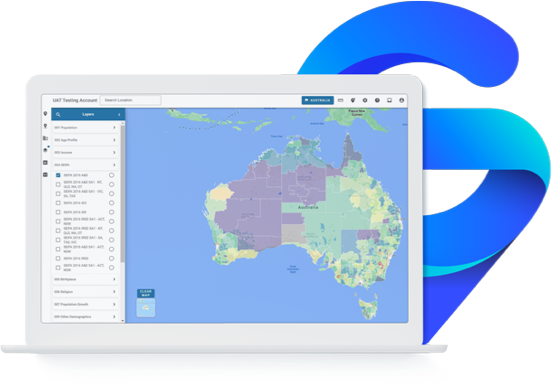
We wanted GapMaps to be able to connect to that whole universe of real time data. And we wanted our clients to be able to add their data into their map views. Meaning and insight was our goal. And so we built GapMaps Live.
What’s new in GapMaps Live?
GapMaps Live is now using real time data from organisations like CoreLogic (property data) and Nearmap (aerial imagery) through APIs. We are also building new APIs for other sources of data that will add insights to existing location intelligence.
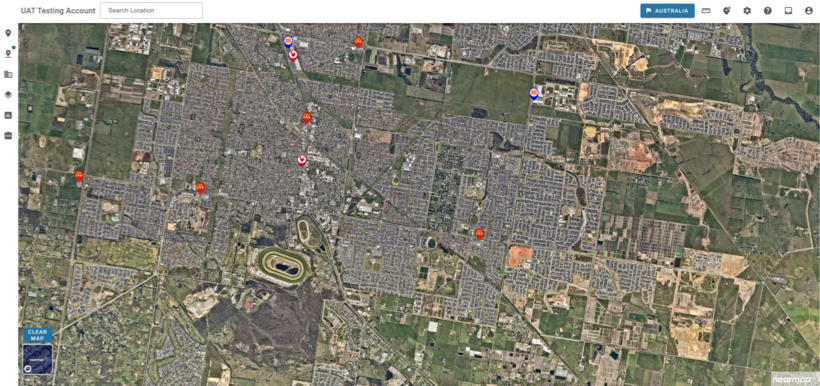
But that’s not all that’s in GapMaps Live. We’ve built a whole new range of features and functions on the basis of what we’ve learned from our clients.
Multiple country access
Where a brand has a presence in multiple countries, they can now see and compare their outlets across different country regions.
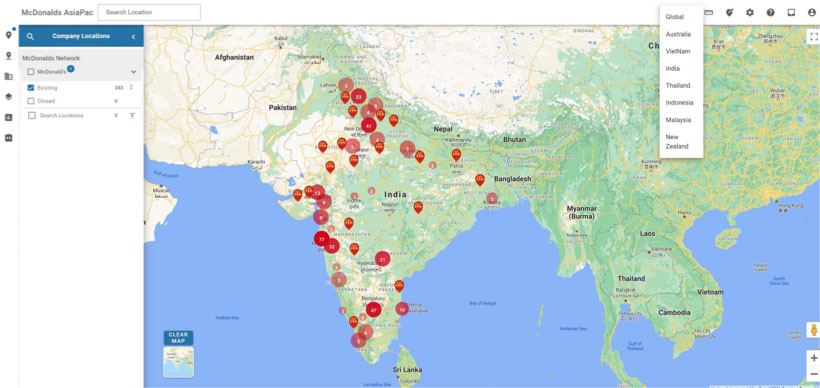
Multiple brand comparison
Where a parent company has a series of different brands operating in different regions, they can now see and compare those brands everywhere.
New reporting capabilities
We have new reporting dashboards, and we’ve built some artificial intelligence into forecasting. This business intelligence is designed to make life much easier for network planners. Companies can view their business performance, and local community data around their business, as well as that of their competitors.
Faster rendering of data visualisations
We’ve put a lot of effort into souping up our data rendering capabilities. Speed is so important when visually accessing data. In GapMaps Live you can now get much more complexity of the data in any layer. The data is global and we’ve tested it with our competitors – GapMaps Live is faster!
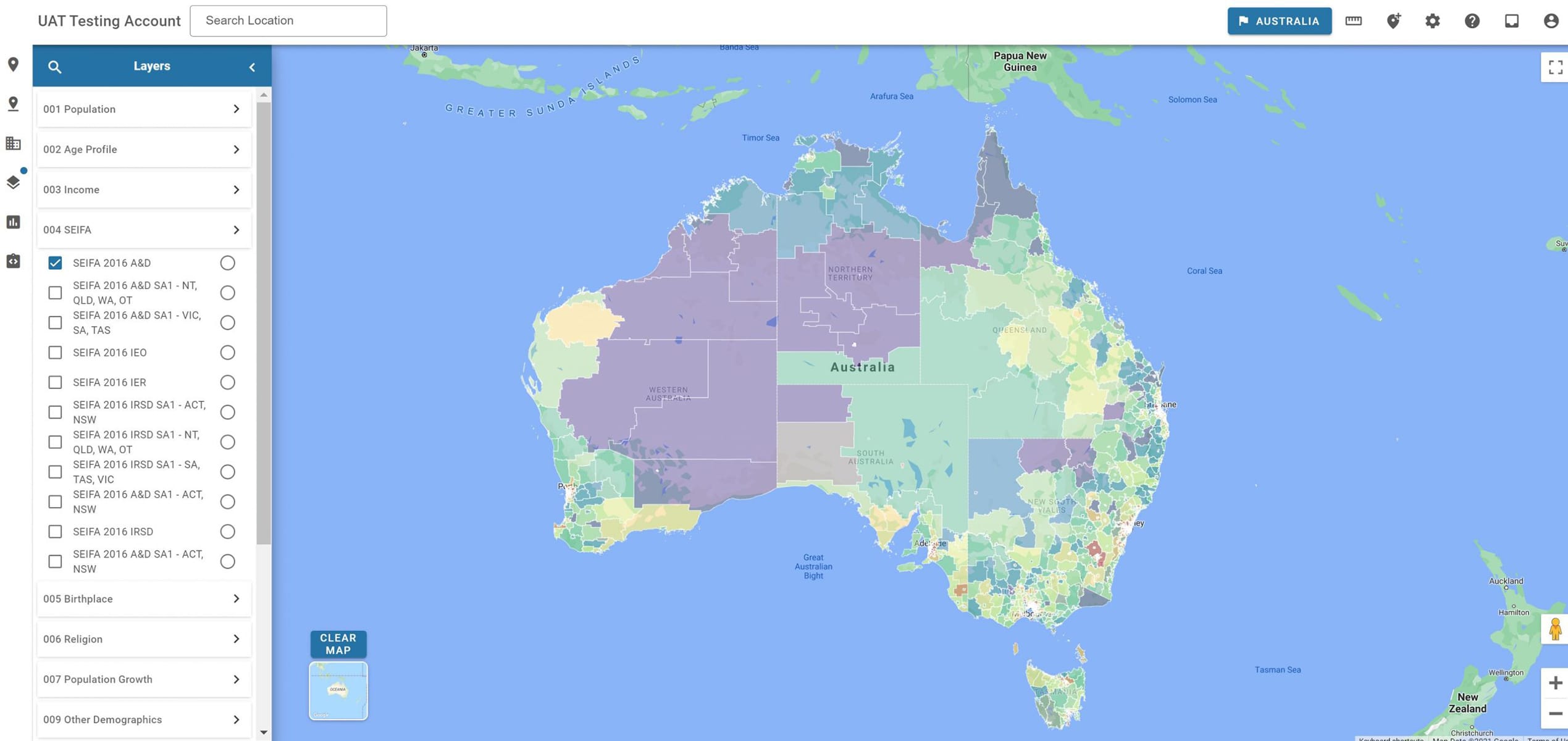
Client-driven metadata
This is a big plus for GapMaps Live. Clients can now bring in any new data into the platform. They can build their own layers of data points, and show comparisons based on their own data and available data in GapMaps Live. And there’s even more. Clients keep telling us they want a one-stop shop for data. And that’s what we’re trying to deliver.
Navigating the future
We’re continuing to roll out GapMaps Live to existing customers as well as to new ones. The Client Services Team are aiming to have all clients migrated to GapMaps Live by the end of March 2022 so look out for an email from them with the details of your migration plan.
We won’t stop development of course. We’ll keep listening and we’ll keep refining GapMaps as new needs arise. But right now we’re pretty happy with just how much more value is in the system.
